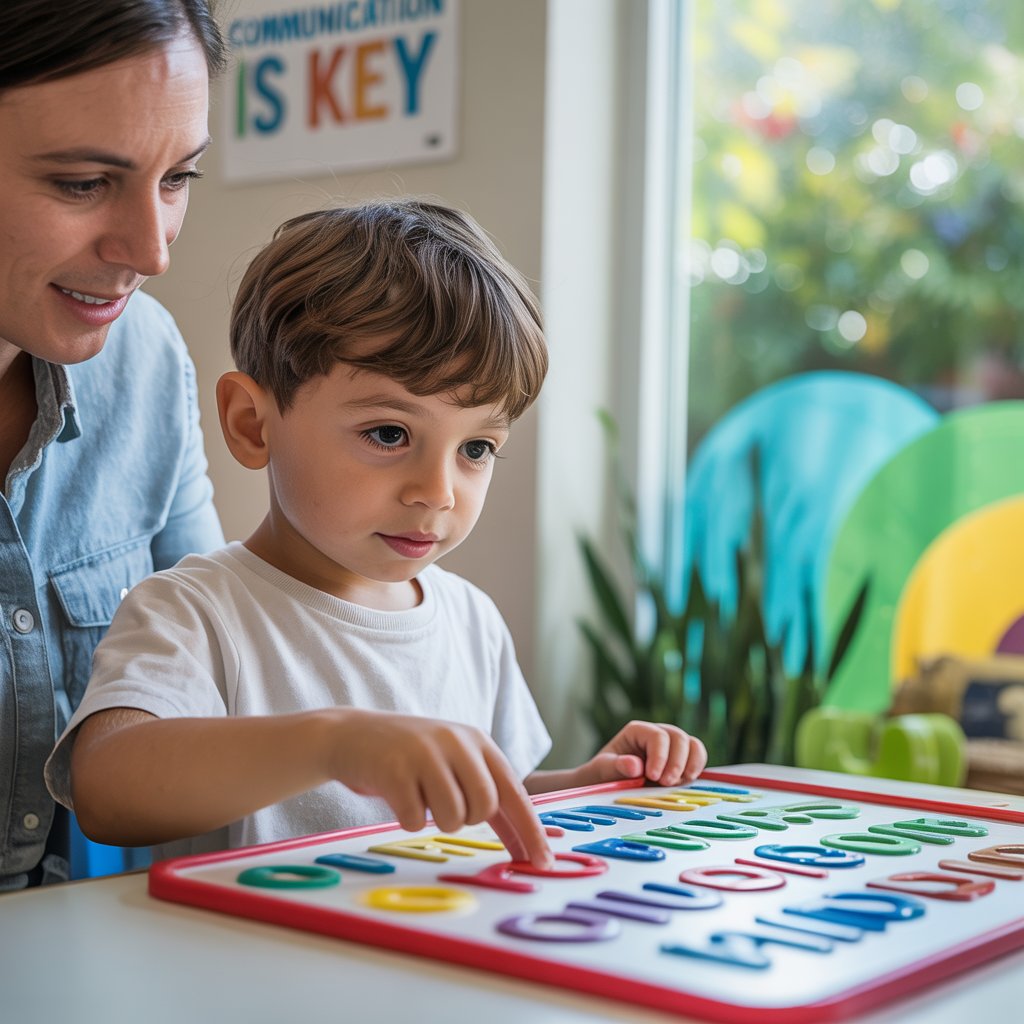When medication might be considered for symptom management

Medication isn't typically the first-line treatment for mild autism, but it can be helpful when specific symptoms interfere with daily functioning. Think about it - if your child struggles with severe anxiety, attention issues, or disruptive behaviors that don't respond to behavioral therapies, medication might be worth discussing with your doctor.
Most doctors consider medication when:
- Behavioral challenges are significant and persistent
- Anxiety or depression symptoms are present
- ADHD-like symptoms impact learning
- Sleep disturbances are chronic
- Self-injurious behaviors occur
The decision to use medication should never be taken lightly. It's always part of a broader treatment plan, not a standalone solution.
B. Common medications and their potential benefits and side effects
No medication treats autism itself, but several can help manage specific symptoms:
SSRIs (Selective Serotonin Reuptake Inhibitors)
These can help with repetitive behaviors, anxiety, and depression. Fluoxetine (Prozac) and sertraline (Zoloft) are commonly prescribed.
Benefits: Reduced anxiety, fewer repetitive behaviors, improved mood
Side effects: Sleep changes, digestive issues, possible increased agitation initially
Stimulants
For attention problems and hyperactivity, medications like methylphenidate (Ritalin) might be prescribed.
Benefits: Improved focus, reduced impulsivity, better academic performance
Side effects: Decreased appetite, sleep problems, potential growth impacts
Antipsychotics
Risperidone and aripiprazole are FDA-approved for treating irritability in autism.
Benefits: Reduced aggression, self-injury, and severe tantrums
Side effects: Weight gain, metabolic changes, drowsiness

C. Nutritional approaches and dietary considerations
Many families explore dietary interventions, though scientific evidence varies:
The gluten-free, casein-free (GFCF) diet removes wheat and dairy products. While some parents report improvements, research results are mixed. If you're considering this approach, work with a dietitian to ensure nutritional needs are met.
Omega-3 fatty acids have shown modest benefits for some children. These healthy fats support brain development and may help with attention and hyperactivity.
Vitamin and mineral supplements might address potential deficiencies. Some children with autism have lower levels of vitamin D, B12, or magnesium.
Food sensitivities can affect behavior and comfort. Keeping a food diary might help identify triggers for behavioral changes.
D. Sensory integration therapies and their effectiveness
Sensory processing differences are common in autism, and these therapies aim to help children respond more adaptively to sensory input.
Occupational therapists typically lead sensory integration sessions, using:
- Weighted blankets and vests for calming
- Swinging, bouncing, and deep pressure activities
- Textured materials for tactile sensitivity
- Sound therapy for auditory processing
Research on effectiveness is growing. While not every child benefits equally, many families report improvements in:
- Tolerance for different textures, sounds, and environments
- Reduced meltdowns in sensory-rich settings
- Better focus and attention
- Increased participation in daily activities
E. Mind-body practices that reduce anxiety and improve focus
Mindfulness and yoga are gaining traction as supportive approaches for mild autism. These practices help children connect with their bodies and regulate emotions.
Mindfulness meditation can be adapted for children as young as 4. Even 5-minute sessions can teach awareness of thoughts and feelings without judgment. Regular practice helps kids recognize anxiety triggers before they escalate.
Yoga combines movement, breath, and focus—a powerful combination for children with autism. Poses like "tree" improve balance and concentration, while "child's pose" offers calming pressure.
Breathing techniques are portable tools kids can use anywhere. Simple patterns like "square breathing" (inhale, hold, exhale, hold—each for 4 counts) can interrupt anxiety cycles.
Progressive muscle relaxation helps identify and release physical tension—a skill many children with autism struggle to recognize on their own.
These practices work best when integrated into daily routines rather than only during challenging moments.







